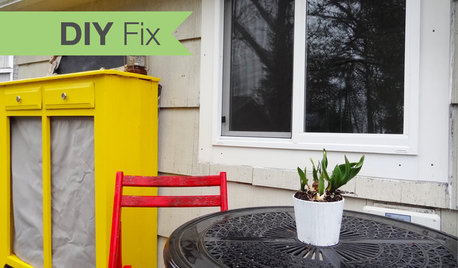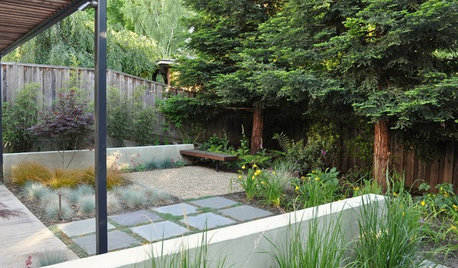Saved on heating bill
lucky_12
16 years ago
Related Stories

GREEN BUILDINGHouzz Tour: Passive House in Vermont Slashes Heating Bills
Its ecofriendly, low-maintenance design leaves a family with more time to relax and enjoy the weekend home
Full Story
Replace Your Windows and Save Money — a How-to Guide
Reduce drafts to lower heating bills by swapping out old panes for new, in this DIY project for handy homeowners
Full Story
HOUSEKEEPING5 Steps to Improve Your Heating System Now
Increase your heater's efficiency and safety for lower energy bills and greater peace of mind this winter
Full Story
GREAT HOME PROJECTSHow to Add a Radiant Heat System
Enjoy comfy, consistent temperatures and maybe even energy savings with hydronic heating and cooling
Full Story
FLOORSFloors Warm Up to Radiant Heat
Toasty toes and money saved are just two benefits of radiant heat under your concrete, wood or tile floors
Full Story
GREAT HOME PROJECTSUpgrade Your Windows for Beauty, Comfort and Big Energy Savings
Bid drafts or stuffiness farewell and say hello to lower utility bills with new, energy-efficient windows
Full Story
LANDSCAPE DESIGNGet Along With Less Lawn — Ideas to Save Water and Effort
Ditch the mower and lower your water bill while creating a feast for the eyes with diverse plantings and gathering places
Full Story
HOUSEKEEPINGLower Your Heating Bills With Some Simple Weather Stripping
Plug the holes in your house this winter to make sure cold air stays where it belongs: outside
Full Story
GARDENING AND LANDSCAPINGSmart Landscaping Slices Energy Bills
Reduce heating, cooling and water costs beautifully with these ecofriendly strategies for landscape design
Full Story
GREEN BUILDINGInsulation Basics: Heat, R-Value and the Building Envelope
Learn how heat moves through a home and the materials that can stop it, to make sure your insulation is as effective as you think
Full StorySponsored



grainlady_ks
pkguy
Related Discussions
How did you handle the heat...
Q
Temperature thermostat regulator
Q
Low E window big disappointment
Q
Smartest New Construction HVAC - Modulating Heat Pump vs Ecobee
Q
pkguy
grainlady_ks
pkguy
joyfulguy
cynic
grainlady_ks
gonativegal
cynic
Adella Bedella
joyfulguy
bry84
cynic
joyfulguy
grainlady_ks
bry84
gonativegal
cynic
blueberrier1
ky114
joyfulguy
greengirlreba
cynic
greengirlreba
pris
breenthumb
clg7067
cynic
joyfulguy
cynic